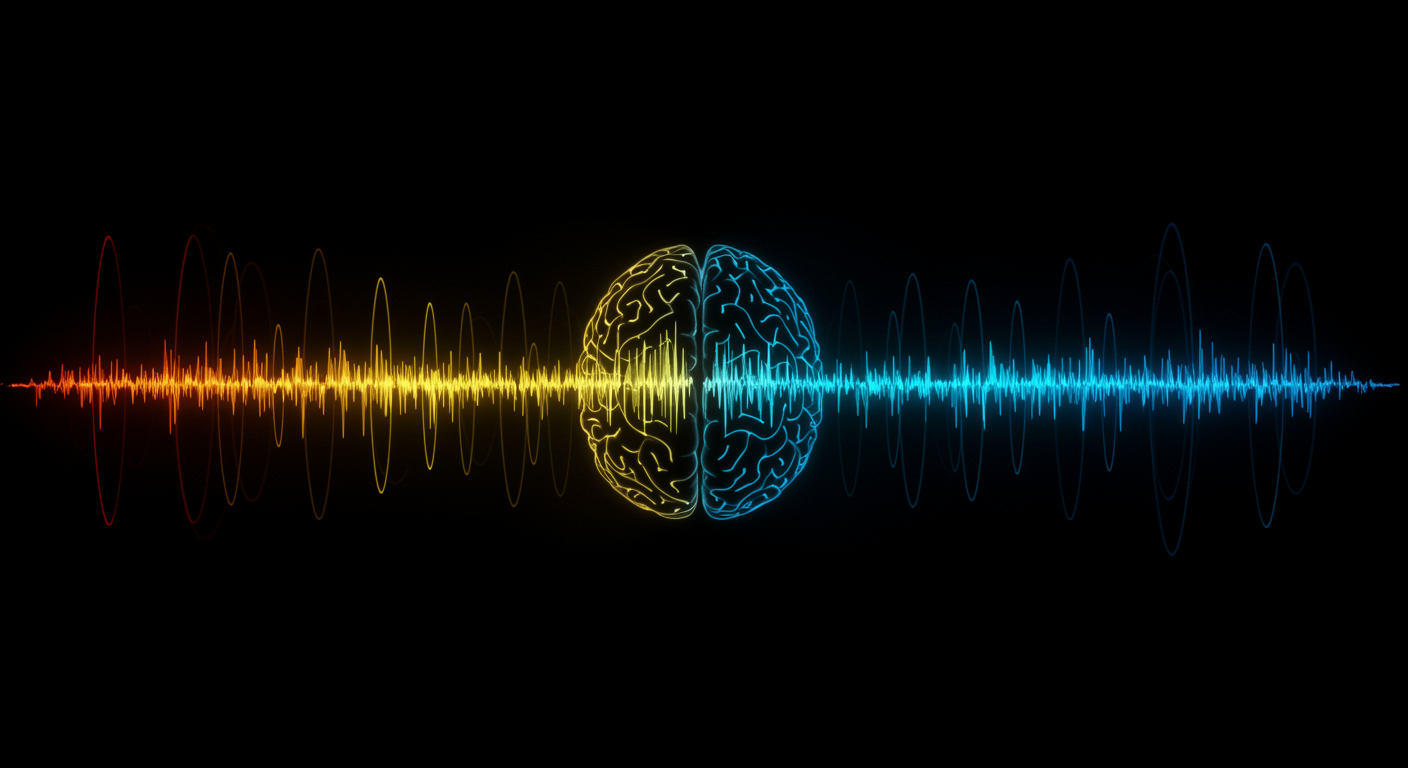What Are the Different Stages of Sleep and Why Do They Matter?
Sleep consists of two main phases—REM (Rapid Eye Movement) and NREM (Non-Rapid Eye Movement) sleep—with NREM further divided into three distinct stages (N1, N2, N3). Each stage serves unique physiological functions, from light transitional sleep in N1 to deep restorative slow-wave sleep in N3, followed by REM sleep crucial for memory consolidation and brain maintenance. The body cycles through all stages approximately 4-6 times per night in 90-minute cycles, with the proportion of each stage changing throughout the night.
Dr. Kumar’s Take
Understanding sleep stages is crucial because each serves a specific purpose in maintaining health and cognitive function. Stage N3 (deep sleep) is when your body performs most physical restoration, growth hormone release, and immune system strengthening. REM sleep is when memory consolidation, emotional processing, and brain detoxification occur most intensively. Many sleep disorders and health problems stem from disruptions in specific sleep stages rather than just total sleep time. If you’re not getting adequate deep sleep or REM sleep, you’ll miss out on their unique benefits even if you sleep 8+ hours. This is why sleep quality—achieving proper sleep architecture—is as important as sleep duration for optimal health and performance.
Key Findings
Sleep architecture follows predictable patterns throughout the night, with each 90-minute cycle containing all sleep stages in varying proportions. Stage N1 (light sleep) comprises 5% of total sleep and serves as the transition from wakefulness. Stage N2 (light NREM) makes up 45-55% of sleep and includes sleep spindles and K-complexes that help maintain sleep and process memories. Stage N3 (deep sleep/slow-wave sleep) accounts for 15-20% of sleep and is characterized by delta waves, during which physical restoration, growth hormone release, and immune function optimization occur.
REM sleep comprises 20-25% of total sleep and is characterized by rapid eye movements, vivid dreams, temporary muscle paralysis, and intense brain activity similar to wakefulness. REM periods become longer and more frequent toward morning, while deep sleep is most abundant in the first third of the night.
Sleep stage distribution changes with age, with older adults experiencing less deep sleep and more fragmented sleep patterns, which may contribute to age-related health changes.
Brief Summary
This comprehensive review of sleep physiology examines the structure and function of sleep stages based on decades of polysomnographic research and neurophysiological studies. The analysis covers the characteristic brain wave patterns, muscle tone changes, and eye movements that define each sleep stage, along with their typical durations and distributions throughout the night. The review synthesizes research on sleep stage functions, including physical restoration during deep sleep and memory consolidation during REM sleep, while examining how various factors can disrupt normal sleep architecture.
Study Design
This review synthesizes research from polysomnographic studies, neuroimaging investigations, and clinical observations of sleep patterns across different populations. Sleep stages are defined by standardized criteria based on electroencephalography (EEG), electromyography (EMG), and electrooculography (EOG) measurements. The analysis includes data from healthy individuals across different age groups, as well as studies examining how various conditions affect sleep architecture. Research methodologies include both laboratory-based sleep studies and home-based monitoring to understand normal sleep patterns and their variations.
Results You Can Use
Normal sleep architecture follows a predictable pattern: Stage N1 (5% of sleep) provides transition from wake to sleep, Stage N2 (45-55%) includes memory processing and sleep maintenance, Stage N3 (15-20%) enables physical restoration and immune function, and REM sleep (20-25%) facilitates memory consolidation and emotional processing. Complete sleep cycles last approximately 90 minutes, with 4-6 cycles per night.
Deep sleep (N3) is most abundant in the first half of the night, while REM sleep increases in duration and frequency toward morning. This pattern means that early sleep loss primarily affects deep sleep and physical restoration, while late sleep loss mainly impacts REM sleep and cognitive functions.
Individual variations exist, but significant deviations from normal sleep architecture—such as reduced deep sleep or fragmented REM—can indicate sleep disorders or health problems that may require evaluation and treatment.
Why This Matters For Health And Performance
Each sleep stage serves critical physiological functions that cannot be replaced by other stages. Deep sleep (N3) is when the body releases growth hormone, consolidates immune function, and performs cellular repair. REM sleep is crucial for memory consolidation, emotional regulation, and brain waste clearance. Disruption of specific stages can lead to targeted deficits: reduced deep sleep impairs physical recovery and immune function, while REM sleep loss affects memory, mood, and cognitive performance. Understanding sleep stages helps explain why some people feel unrefreshed despite adequate sleep duration—they may be missing crucial deep sleep or REM phases due to sleep fragmentation or disorders.
How to Apply These Findings in Daily Life
- Prioritize sleep timing: Go to bed early enough to complete 4-6 full sleep cycles (7-9 hours total)
- Protect deep sleep: Avoid alcohol, caffeine, and late meals that can reduce deep sleep quality
- Maintain consistent schedules: Regular sleep-wake times help optimize natural sleep stage progression
- Create optimal sleep environment: Cool, dark, quiet conditions support proper sleep architecture
- Monitor sleep quality: Pay attention to how refreshed you feel, not just sleep duration
- Address sleep disruptions: Frequent awakenings can fragment sleep stages even with adequate total sleep time
Limitations To Keep In Mind
Sleep stage research is primarily based on laboratory polysomnography, which may not fully reflect natural sleep patterns at home. Individual variations in sleep architecture are significant, and what’s “normal” can vary between people. Age, genetics, health conditions, and medications all influence sleep stages, making personalized assessment important. Additionally, the relationship between sleep stage disruption and specific health outcomes, while strongly suggested by research, continues to be studied and refined.
Related Studies And Internal Links
- Sleep’s Essential Role in Memory Formation and Consolidation
- Sleep’s Symphony: Brain Waves, Blood Flow, and Fluid Oscillations
- Sleep Drives Brain Waste Clearance: Your Nightly Detox System
- Practice + Sleep Makes Perfect: Motor Skill Learning
- How to Sleep Better: Science Daily Playbook
FAQs
How can I tell if I’m getting enough deep sleep and REM sleep?
While home sleep tracking devices provide estimates, the most reliable assessment is through professional sleep studies. However, feeling refreshed upon waking, good physical recovery, and stable mood/memory function suggest adequate sleep stage distribution.
Do sleep stages change as we age?
Yes, older adults typically experience less deep sleep (N3) and more fragmented sleep, which may contribute to age-related changes in physical and cognitive function. However, maintaining good sleep hygiene can help preserve sleep quality.
Can you make up for lost deep sleep or REM sleep?
The body has some ability to prioritize needed sleep stages during recovery sleep, but chronic sleep stage deficits may have cumulative effects. Consistent, adequate sleep is better than trying to “catch up” after chronic deprivation.
Conclusion
Sleep consists of distinct stages—light NREM (N1, N2), deep NREM (N3), and REM sleep—each serving unique physiological functions from physical restoration to memory consolidation. Understanding these stages explains why sleep quality and architecture are as important as total sleep duration for optimal health and performance.


